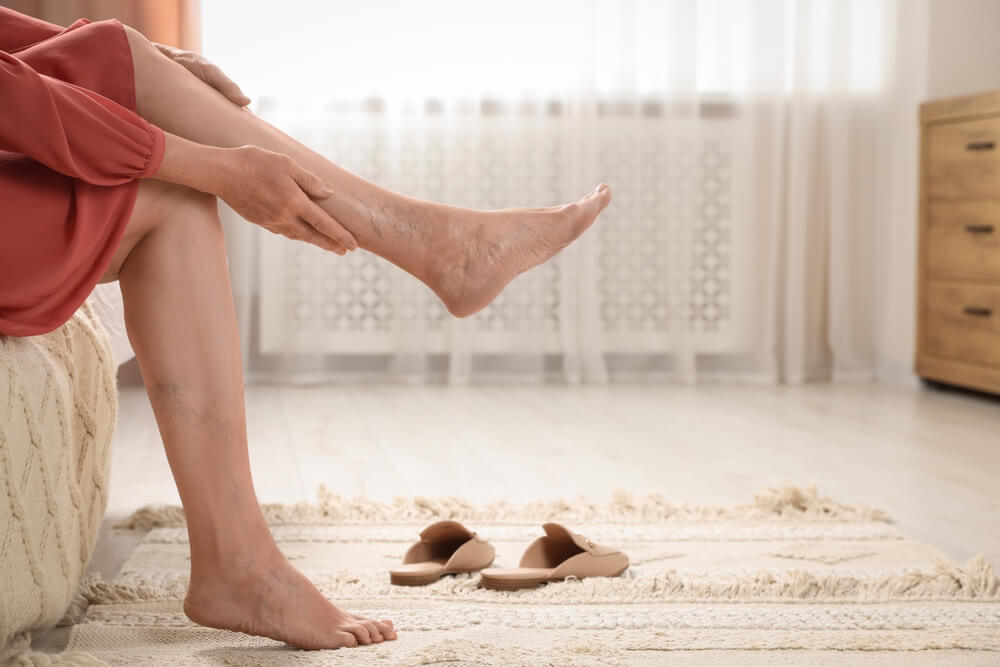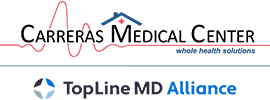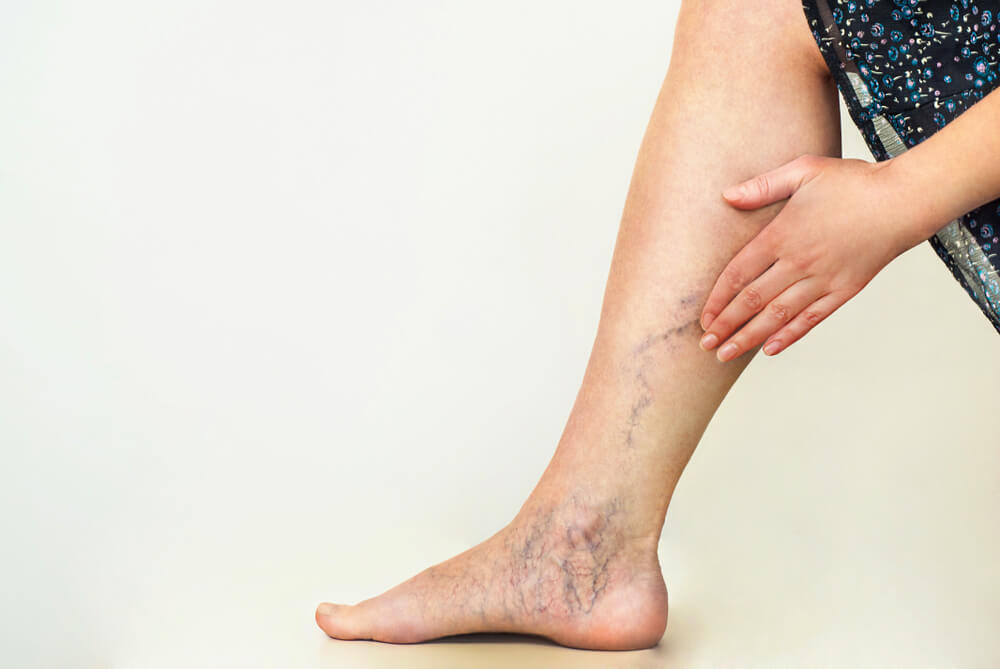Varicose veins, the gnarled, enlarged veins that often appear in the legs and feet, are more than just a cosmetic concern. They can cause pain and discomfort, leading to more severe health conditions. Getting familiar with these protruding veins is an essential step toward understanding the necessity of preventive measures.
These problematic veins occur when the valves in the veins do not work as they should. As a result, the blood pools, the veins expand, and varicosity develops. With over 25 million Americans affected by this health issue, knowledge of prevention tactics becomes crucial.
Preventing varicose veins enhances the aesthetic appeal and promotes overall leg health, comfort, and well-being. This lifestyle change fosters efficient blood circulation, supports leg vein health, and alleviates pain and discomfort.
Adopting a varicose prevention lifestyle requires understanding different effective methods and tips. This user-friendly guide shares essential steps to avoid varicose veins, reducing your risk and empowering you to take control of your health. Be it through better leg vein care, dietary changes, or circulation improvement tips; the guide covers a wide range of valuable strategies. For professional varicose veins treatment, consult with our experts.
Lifestyle Adjustments
Preventing varicose veins largely hinges upon suitable changes in one’s lifestyle. Making dedicated adjustments to diet and exercise can significantly help reduce the occurrence and symptoms of varicose veins. Here are some essential tips concerning dietary modification and physical activities.
Dietary Changes
The food we consume plays a crucial part in our well-being, including the health of our circulatory system. A thoughtful, well-balanced diet is essential in preventing varicose veins and maintaining a lifestyle for vein health.
Consumption of high-fiber foods is highly encouraged. Fiber prevents constipation, which can pressure veins, leading to their expansion. Including items such as:
- oats,
- lentils,
- beans,
- and whole-grain foods can help increase your fiber intake.
Simultaneously, limiting salt intake can prevent swelling caused by water retention.
Including food rich in bioflavonoids such as:
- grapes,
- cherries,
- apples,
- blueberries,
- garlic.
Bioflavonoids are believed to improve blood circulation and lower inflammation, reducing the risk of varicose veins.
Physical Activity to Promote Circulatory Health
Regular exercise is another pivotal element in preventing varicose veins. Physical activity encourages better blood circulation and promotes the health of your veins. Exercises such as walking, cycling, swimming, and jogging aid in reducing blood pressure levels, thus directly decreasing the risk of developing varicose veins.
Strengthening and stretching exercises for the lower body are also helpful. Performing calf raises, leg lifts and ankle circles can help enhance leg vein health and circulation.
Furthermore, chronic exercise assists in maintaining a healthy weight, which minimizes strain on your veins. Sporadic activity, too, can be detrimental, especially standing or sitting for long periods. A balanced approach to physical activity – a combination of cardiovascular exercises, strengthening activities, and frequent short breaks during prolonged immobility – can do wonders for venous health.
These lifestyle adjustments are essential in preventing varicose and maintaining overall circulatory health. It is necessary to remember that consistency is needed for these changes to yield effective results.

Healthcare Habits
The key to preventing varicose veins continues after lifestyle adjustment. It extends to the adoption of consistent healthcare habits. Regular checks, understanding genetic factors, and preventive healthcare are essential and contribute significantly to reducing the risks related to varicose veins.
Regular Doctors’ Visits and Self-Checks
Regular visits to healthcare professionals and self-monitoring are proactive steps in preventing varicose veins. These practices allow for early detection, making treatment more manageable and less invasive. Regular checks also assist in stopping varicose veins from progressing or becoming more problematic over time.
Self-checks involve monitoring for signs like dark veins, swollen ankles, aching legs, and changes in skin color, especially in the lower leg area. If any discomfort or visible signs occur, scheduling a consultation with a healthcare professional is of utmost importance.
Moreover, women going through menopause, individuals with a sedentary lifestyle, and those engaged in standing jobs should maintain more frequent check-ups due to their increased risk of developing varicose veins.
Understanding the Genetics of Varicose Veins
Understanding the genetic predisposition related to varicose veins can significantly benefit the adoption of preventive measures. If close relatives have varicose veins, there is a high probability that one might develop them as well. In such cases, preventive healthcare habits should be adopted early and sincerely.
Taking a genetic test can provide a clearer idea of an individual’s predisposition. Regular consultations with healthcare professionals can contribute to a personalized preventive plan. This preventive strategy operates hand in hand with lifestyle changes and can significantly lower the risk of varicose veins.
In conclusion, maintaining proactive healthcare habits, including regular doctors’ visits, frequent self-checks, and understanding genetic predispositions, can drastically prevent the development of varicose veins and enhance overall venous health.
At-Home Methods
Beyond lifestyle changes and healthcare habits, at-home methods can significantly contribute to preventing varicose veins. These practices revolve around everyday habits and simple tools that can promote healthier veins.
Use of Compression Stockings
Compression stockings are one of the most effective at-home methods for managing and preventing varicose veins. Often recommended as a part of varicose veins treatment, these unique elastic socks exert pressure at specific spots on your lower legs, helping the veins and leg muscles move blood more efficiently, resulting in improved circulation.
By wearing these stockings, individuals can not only ease the pain associated with varicose veins but also lessen swelling and avoid vein inflammation. Consulting with a healthcare professional can provide personalized advice on compression stockings’ correct type and fit.
Proper Sitting and Standing Habits
Modern lifestyle, which often involves hours of sitting or standing, can contribute to developing varicose veins. Therefore, incorporating healthy vein practices into your everyday sitting and standing habits can significantly impact your vein health.
Breaking up long periods of standing or sitting with short walks or breaks can aid in improving blood flow and reduce varicose veins. Regular stretching, especially of the legs and ankles, can encourage proper circulation.
While sitting, avoid crossing your legs for extended periods, as it can increase vein pressure, thereby amplifying the risk of varicose veins. Elevating the legs, where the feet are positioned above the heart level, can help counter swollen ankles and varicose veins as it encourages blood flow back to the heart.
In essence, these at-home methods could be pivotal in varicose prevention methods. Simple changes like using compression stockings and slightly modifying your standing and sitting practices can contribute to maintaining healthy veins and leading an improved lifestyle.
Final Thoughts on Preventing Varicose Veins
The importance of preventive measures against varicose veins is invaluable, given the extensive effect they have on an individual’s life quality. Combating varicose veins is not confined to corrective actions but broadens into preemptive measures that lessen their occurrence.
By adopting lifestyle adjustments like a balanced diet and regular physical activity, consistent healthcare habits such as regular self-checks and doctor visits, and simple at-home methods like compression stockings and maintaining proper sitting and standing habits, individuals can significantly reduce their risk of forming varicose veins.
Preventing varicose veins goes beyond mere cosmetic concerns. It is a way of preserving comfort, mobility, and overall health. When implemented effectively, the above strategies can aid in healthy vein practices, significantly contributing to vein health and improved circulation.
Being knowledgeable and proactive about the signs, symptoms, prevention, and treatment methods can give you an upper hand in dealing with this condition. A frank, open conversation with your health provider at Carreras Medical Centre about your concerns will increase your understanding of preventive measures to prevent varicose veins.
Additionally, it is essential to uphold these health-conscious behaviors persistently. A continuous commitment to these lifestyle changes, healthcare habits, and at-home methods can effectively lower varicose veins risk and improve overall health.
However, it is crucial to remember that everyone’s body responds differently. It might take some time before noticeable changes occur. Patience, commitment, and a positive outlook while working towards preventing varicose veins are vital for the journey to a healthier life.


